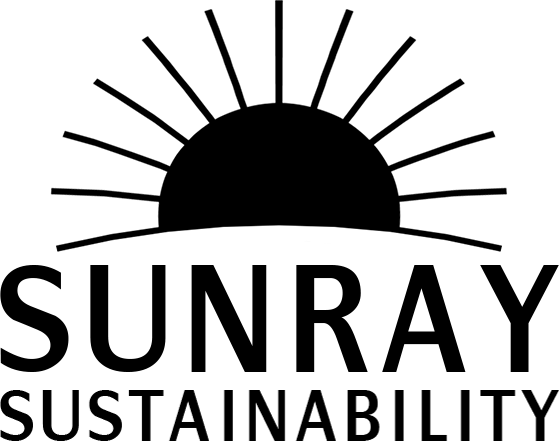Soil and Gardener: Emerging From Their Winter Slumber
As the snow melts and the earth begins to warm, we reach out to grasp the approaching season as it peeks out from behind the gray winter sky. Taking our inventory, starting our planning, our thoughts begin to proliferate as we await that moment the soil is once again able to receive our offerings.
Having been cold and solid, the soil and the multitude of organisms that live within it were asleep, but will soon be waking up from their seasonal rest. Much like the animals in hibernation; slumbering, still breathing, but moving only so slightly; awaiting the warmth to bring about the energy and sustenance needed to continue on in the interconnected web of life.
Do we hibernate in a way as well? Staying inside, and counting down the days until we sink our hands into the garden once more? We are patient, awaiting that first bit of green as it emerges from its seed—liberated, breaking free from its prison to create new life through its confluence of processes. This cultivation not only brings us the calories we need to nourish our bodies, but we are gifted the opportunity to connect with the earth, and to accept, and reflect upon, our modest place in the ecological continuum of Nature.
The soil is our chalice and gateway to infinitude, within it we place our hope for subsistence, and one day we will offer ourselves to it. As Wendell Berry so eloquently put it, “The soil is the great connector of lives, the source and destination of all. It is the healer and restorer and resurrector, by which disease passes into health, age into youth, death into life. Without proper care for it we can have no community, because without proper care for it we can have no life.”
The single greatest task in front of us as humans is the care of our soil. All things are born of soil, and without it, there would be no beings who can concoct or fabricate a reality where other challenges can exist. All things—good, bad, and neutral—are built upon the soil. This can easily escape our minds in the fast-paced, hyper-connected world; nonetheless, the soil is there, working to keep life going. This fact is not one to ponder lightly, and our relationship to soil must be examined through a lens focused on regeneration—one where we restore and rebuild, not destroy.
We as gardeners are among the noble few lucky enough to forge a deep relationship with soil. How we develop this bond is up to us. We must choose to either apply practices that decimate soil life, or opt for those that nurture soil, and encourage it to grow strong and healthy. The right selection may seem obvious, but this responsibility can easily be obscured by modernity and the malignant idea that humans can master and manipulate Nature through the application of chemicals and technology.
If we love our gardens, we must love our soil. Striving to make skillful choices, and rearing our soil as if it were a child of our own is the necessary path. To dedicate oneself to thoughtful reflection on how our actions impact the natural world is virtuous, and above all else.
Mother Nature has been our provider for a long time. We, and our ancestors, have such a rich history of gathering and growing food within her plethora of ecologies. As the impending warmth radiates through the soil, and temperatures once again rise, we are able to step outside, and realize we are a part of that legacy. We can tune into her, and we can play a role that would make her proud. By building upon our connection to the soil, we can accept this land as our footing in a turbulent world. A land on which we can build communities, families, and healthy networks of food and conviviality in ways that are regenerative for the Earth, and for our collective humanity.
